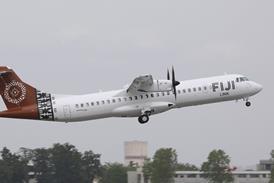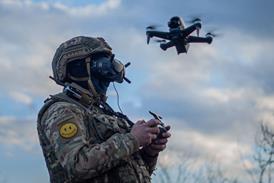The Raytheon/EADS North America team contesting the US Army’s Future Cargo Aircraft (FCA) programme could propose a mixed fleet, following the service’s 19 August release of a draft tender, which cut the requirement’s minimum payload capacity from 8,160kg (18,000lb) to 5,440kg.
In effect, the adjustment allows the Raytheon/EADS team to propose both the C-295 and the smaller CN-235, says Jim Hvizd, Raytheon’s FCA programme manager. “We see a mixed fleet as being a very viable approach,” he says. The army intends to make the contractor responsible for maintaining the FCA fleet, so any added cost for a mixed-fleet proposal would not be passed on to the user, Hvizd says.
The Raytheon-led team is facing a rival bid based on the C-27J by Global Military Aircraft Systems, a joint venture between Alenia and L-3 Communications. But the draft tender also introduced a degree of mystery about the army’s FCA fleet plans. The service had stated a need to buy 33 aircraft over the next six years, but its draft request for proposals set a ceiling for the order at 30 aircraft. In another part of the draft document, the army told contractors to estimate production costs based on projected deliveries of only 22 aircraft.
“Thirty [aircraft] is a little confusing,” says Hvizd. “The maximum needs to change to do what the army effectively intended.” The army is buying the FCA fleet to replace and radically upgrade its frontline, fixed-wing airlift capability. The goal is to replace its Shorts C-23B Sherpa fleet with an aircraft that can haul supplies and troops to the frontline, relieving the logistics burden on the service’s Boeing CH-47 Chinook and Sikorsky UH-60 Black Hawk transport helicopters.
Source: Flight International























